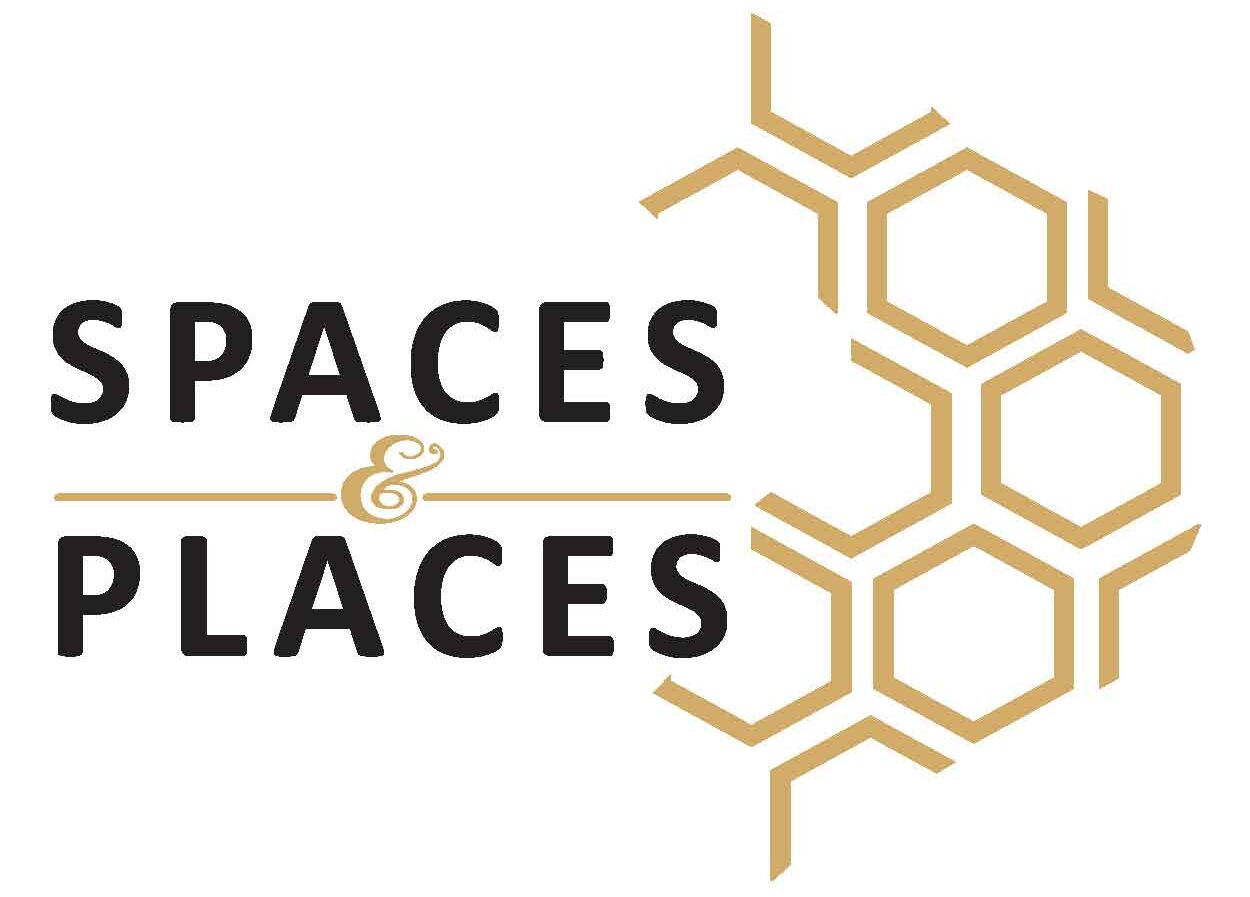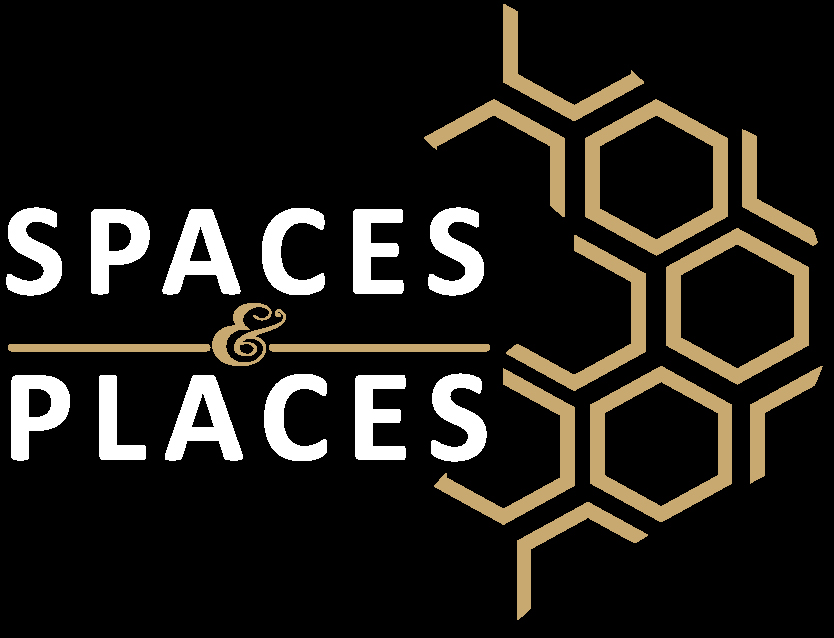Interior design shapes the way we live, paintings, and experience spaces each day. Whether it’s a at ease rental, a stylish café, or a sleek workplace, design impacts temper, consolation, and functionality. While each residential and industrial interior layout goal to create stunning and useful areas, they serve very one-of-a-kind desires. Knowledge the difference among the two is crucial for owners, commercial enterprise owners, and architects alike.
Permit’s dive into what sets them aside — from purpose and feature to substances, aesthetics, and the creative system.
1. Purpose and feature
The largest difference between residential and industrial interior layout lies in cause.
Residential interior layout specializes in developing at ease, livable, and private spaces for individuals or households. Each design desire — from the colour of the walls to the location of furniture — objectives to make every day life less complicated and greater enjoyable. The aim is to mirror the owner of a house’s character and lifestyle whilst ensuring the distance feels heat and inviting.
In contrast, business indoors design serves agencies and agencies. These areas include places of work, lodges, restaurants, retail shops, hospitals, and more. The main goal is capability, efficiency, and branding. A business space must no longer most effective look appealing but additionally assist business targets — whether or not which means attracting clients, motivating personnel, or improving productivity.
For example, a well-designed workplace format encourages collaboration and attention, while a eating place layout units the tone for the dining experience.
2. Purchaser desires and audience
Another essential difference lies in who the layout is for.
In residential initiatives, the designer works intently with character customers or households. The technique involves knowledge non-public possibilities, every day behavior, and emotional wishes. The cease end result is a area that feels uniquely “theirs.” the connection between the dressmaker and house owner is frequently private and collaborative.
But, in industrial projects, the designer have to keep in mind a broader target audience. For instance, a lodge lobby is designed for hundreds of guests with extraordinary tastes. A retail save objectives clients thru emblem experience and visual attraction. The purchaser can be a enterprise proprietor, however the remaining focus is on the stop users — employees, visitors, or customers.
This distinction makes business design extra strategic and research-driven. Designers need to assume beyond aesthetics and examine how humans will use the space in terms of go with the flow, comfort, and purpose.
Ready to transform your home or business space?
At Spaces&Places, we combine creativity and functionality to design interiors that truly inspire. Whether you need a residential interior designer to create a cozy, personalized home or a commercial interior designer to bring your business vision to life, our expert team crafts every detail with purpose and style.
Let’s create your dream space today — contact Spaces & Places for a free consultation!
3. Layout fashion and Creativity
Residential layout permits for a excessive degree of creativity and personalization. Owners can experiment with unique themes — minimalism, bohemian, contemporary, or rustic — and mix hues, textures, and furnishings styles that mirror their taste. Each element, from lights to art work, can tell a story.
On the other hand, commercial design is greater emblem-targeted and purposeful. Creativity right here have to align with commercial enterprise dreams. For example:
A luxury motel will desire sophisticated substances and stylish finishes.
A tech startup’s office may additionally feature open layouts, colourful shades, and bendy furnishings to promote innovation.
A retail keep will use strategic lights and displays to enhance client enjoy and drive income.
In business spaces, design will become a advertising device — one which communicates the emblem’s identification and values.
4. Space making plans and format
Whilst designing a domestic, area planning revolves round comfort and convenience. Rooms are arranged for every day dwelling — cooking, enjoyable, drowsing, and interesting. Designers keep in mind how circle of relatives contributors move via the house and the way areas connect.
In assessment, business area planning emphasizes workflow, accessibility, and compliance with protection codes. As an example, workplaces require targeted work zones, meeting rooms, and breakout areas. Restaurants want green kitchen layouts and clean consumer pathways. Hospitals demand specific zoning for hygiene and affected person safety.
Commercial layouts often follow strict rules, which includes fire exits, disability get right of entry to, and occupancy limits. The planning stage is far more technical than in residential tasks.
5. Substances and sturdiness
The substances utilized in residential design prioritize aesthetic enchantment and luxury. Owners frequently select fabric, finishes, and fixtures for a way they look and sense. Sturdiness subjects, however so does coziness.
Industrial interiors, however, should face up to heavy visitors and each day wear. Materials want to be durable, smooth to preserve, and compliant with safety requirements. For instance, office floors have to be proof against scratches and stains, while restaurant fixtures must be each stylish and easy to clean. Fireplace-rated fabrics, industrial-grade finishes, and lengthy-lasting lighting fixtures are well known in commercial settings.
6. Finances and Timelines
Residential initiatives normally have bendy budgets, depending on the home owner’s financial capacity. The timeline also can vary — a few humans renovate regularly, room with the aid of room.
Industrial projects, however, perform on strict budgets and deadlines. Agencies can’t have the funds for downtime, so projects frequently run on tight schedules. Delays can mean financial losses or ignored openings. Therefore, commercial designers work with contractors, architects, and task managers to maintain the entirety on target.
7. Emotional Connection vs. Brand identification
A home is deeply non-public. Residential design conjures up emotion — warmth, protection, and belonging. Every detail contributes to how the property owner feels in the space.
Business spaces, then again, intention to construct emblem identification. Layout choices speak professionalism, innovation, or luxurious — relying on the company’s message. The proper color scheme, signage, and environment assist form how customers perceive the logo.
8. Guidelines and Technical details
Residential initiatives need to follow local building codes, however industrial spaces face stricter rules. Designers should don’t forget hearth protection, accessibility requirements (like ADA compliance), air flow, and emergency systems. Lights and acoustics also are carefully planned to satisfy industrial standards.
Those technical necessities make commercial design greater complicated, often requiring collaboration with engineers and designers.
Conclusion
At the same time as each residential and industrial interior layout percentage the common aim of improving areas, their purposes, methods, and demanding situations are very extraordinary. Residential layout revolves around comfort, character, and emotional connection, even as business design prioritizes function, branding, and efficiency.
In easy terms:
- Residential design makes a house experience like home.
- Commercial design makes a enterprise come alive.
Both require creativity, technical ability, and an expertise of human behavior. Whether or not you’re designing a dream home or a thriving workspace, splendid interior layout usually moves a stability among splendor and cause — remodeling empty rooms into significant stories.
At Spaces&Places, we bring creativity, functionality, and precision together to design spaces that truly inspire. Whether you’re looking for a residential interior designer to craft a home that reflects your personality or a commercial interior designer to elevate your business environment, our team delivers designs that balance beauty with purpose.

